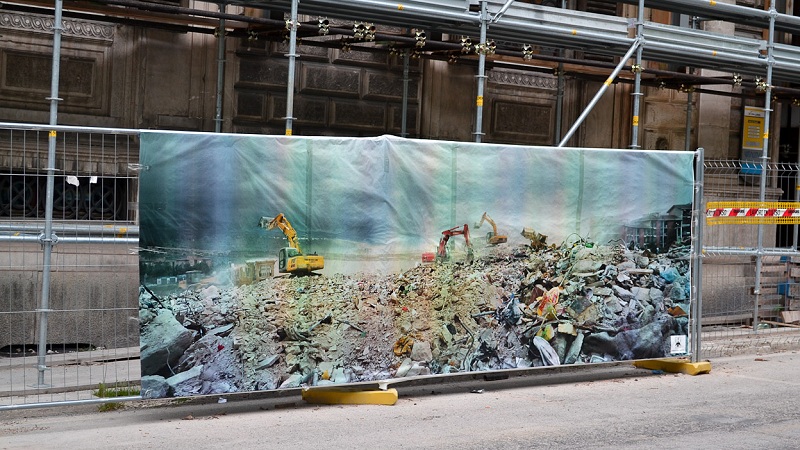
Five and a half years after a devastating earthquake in Italy, a notorious verdict holding seven scientists liable for manslaughter has been overturned on appeal. With the benefit of a little perspective, we can look at some of the lessons learned now.
In the early spring of 2009, the area around the city of L’Aquila, in central Italy, was in a nervous uproar. A swarm of small earthquakes had been going on for months, an amateur with some radon detectors was appearing on TV and driving around in a sound truck predicting a major earthquake, and the authorities couldn’t quell the panic. The civil defense agency called up a special committee of seven scientists, who held a meeting and then a press conference, where they stated what seismologists all know: earthquake swarms happen and we can’t make much of them, we can’t depend on them as a sign of a large quake to come, and the area is always prone to large earthquakes at any time—people need to stay prepared.
But the previous day, unbeknownst to them, the committee’s chief had told a reporter a widely believed falsehood about earthquake faults: “The scientific community assures me that the situation is good because of the continuous discharge of energy.” When the reporter suggested that people should sit back and have a glass of vino rosso, he cheerfully agreed. That little clip, with a responsible official endorsing an urban legend, got on the news the same day as the committee’s briefing.
A week later on April 6, a magnitude 6.3 earthquake struck L’Aquila and over 300 people died. Some of the survivors sued the committee members for causing the deaths of 29 of their loved ones. Their claim was that the official reassurances had misled the victims into staying indoors in their unsafe stone buildings instead of camping outside, as was the longtime local practice. In 2012 when the court found the L’Aquila seven guilty of 29 manslaughter counts and sentenced them to six years in prison, geoscientists around the world erupted in consternation.
This week a higher court threw out the convictions of six of the scientists and reduced the sentence for Bernardo De Bernardinis, the committee chief who made the video remarks, to two years. (The best summary I’ve found is by Arielle Duhaime-Ross at The Verge.)